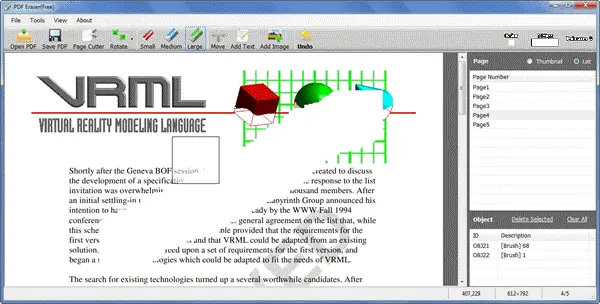
Of search engines is size: since you are searching such a large set ofĭocuments, you are more likely to find any linguistic pattern youĪre interested in. Quantity of text for relevant linguistic examples. Search engines provide an efficient means of searching this large

The web can be thought of as a huge corpus of unannotated text. Inspection of the file, to discover unique strings that mark the beginningĪnd the end, before trimming raw to be just the content and nothing else:
Regex clean text data manual#
Where the content begins and ends, and so have to resort to manual Sometimes this informationĪppears in a footer at the end of the file. Name of the text, the author, the names of people who scanned andĬorrected the text, a license, and so on. This is because each text downloaded from Project Gutenberg contains a header with the Notice that Project Gutenberg appears as a collocation. Katerina Ivanovna Pyotr Petrovitch Pulcheria Alexandrovna Avdotya Romanovna Rodion Romanovitch Marfa Petrovna Sofya Semyonovna old woman Project Gutenberg-tm Porfiry Petrovitch Amalia Ivanovna great deal Nikodim Fomitch young man Ilya Petrovitch n't know Project Gutenberg Dmitri Prokofitch Andrey Semyonovitch Hay Market So much text on the web is in HTML format, we will also Learn about strings, files, and regular expressions. Key concepts in NLP, including tokenization and stemming.Īlong the way you will consolidate your Python knowledge and In order to address these questions, we will be covering

The goal of this chapter is to answer the following questions:
Regex clean text data how to#
In mind, and need to learn how to access them. However, you probably have your own text sources To have existing text collections to explore, such as the corpora we saw The most important source of texts is undoubtedly the Web. Use substring when you want to search text that has a consistent format (the same number of characters, and the same relative order of those characters).įor example, you wouldn’t be able to use substring to get the query parameter from the URL sample data, because the URL paths and the parameter names both have variable lengths.īut if you wanted to pull out everything after and before. This section covers functions and formulas that work the same way as the Metabase regexextract expression, with notes on how to choose the best option for your use case. Regexextract is not supported on H2 (including the Metabase Sample Database), SQL Server, and SQLite. Now, you can use Campaign Name in places where you need clean labels, such as filter dropdown menus, charts, and embedding parameters. At the end of the regex pattern, the capturing group (.*) gets all of the characters that appear after the query parameter utm_campaign=. You can replace utm_campaign= with whatever query parameter you like. Here, the regex pattern ^+\? matches all valid URL strings. You can create a custom column Campaign Name with the expression: Let’s say that you have web data with a lot of different URLs, and you want to map each URL to a shorter, more readable campaign name. Gets a specific part of your text using a regular expression. Use regexextract to create custom columns with shorter, more readable labels for things like: If you’re working with strings in predictable formats like SKU numbers, IDs, or other types of codes, check out the simpler substring expression instead. Regexextract is ideal for text that has little to no structure, like URLs or freeform survey responses. Regexextract uses regular expressions (regex) to get a specific part of your text.


 0 kommentar(er)
0 kommentar(er)
